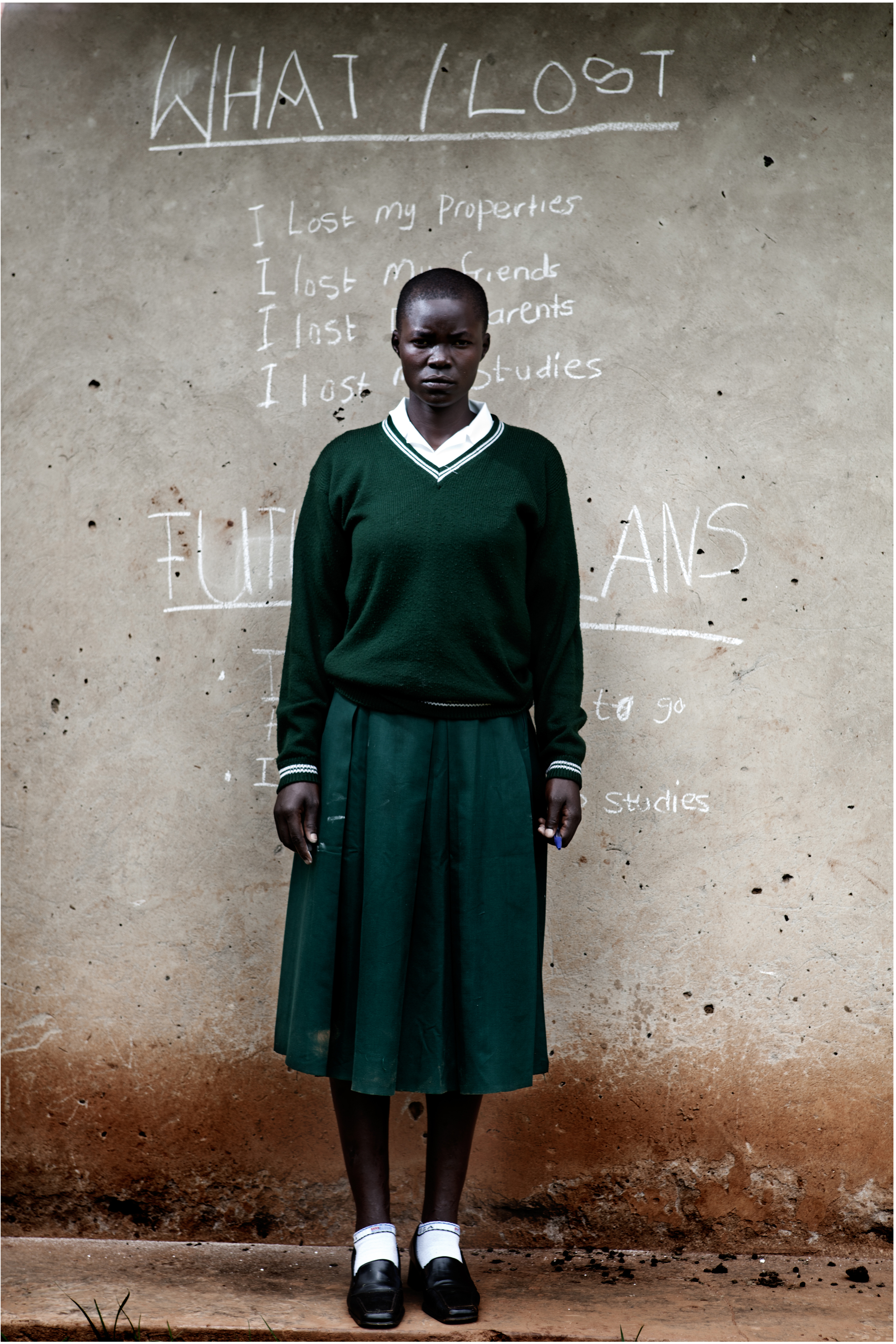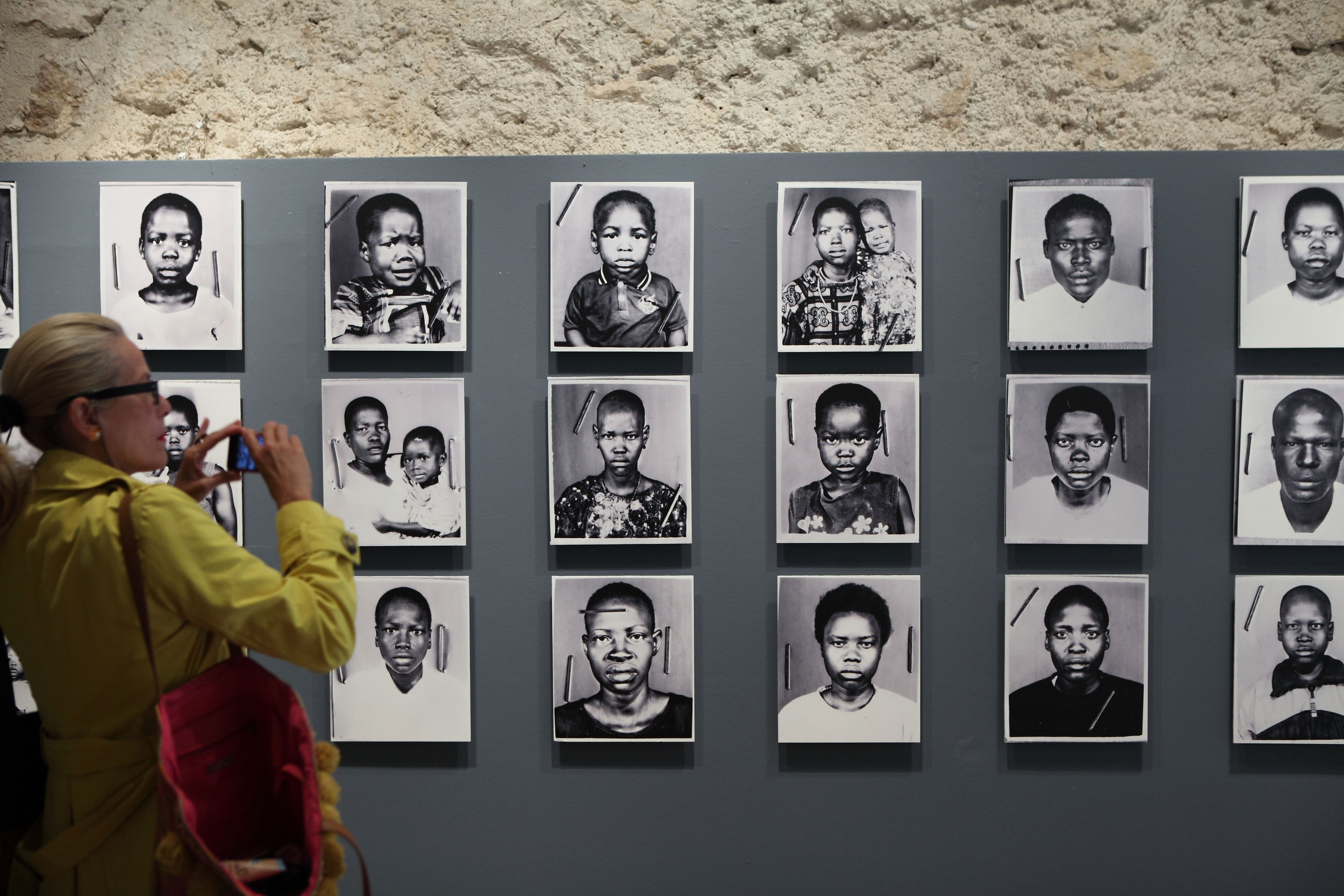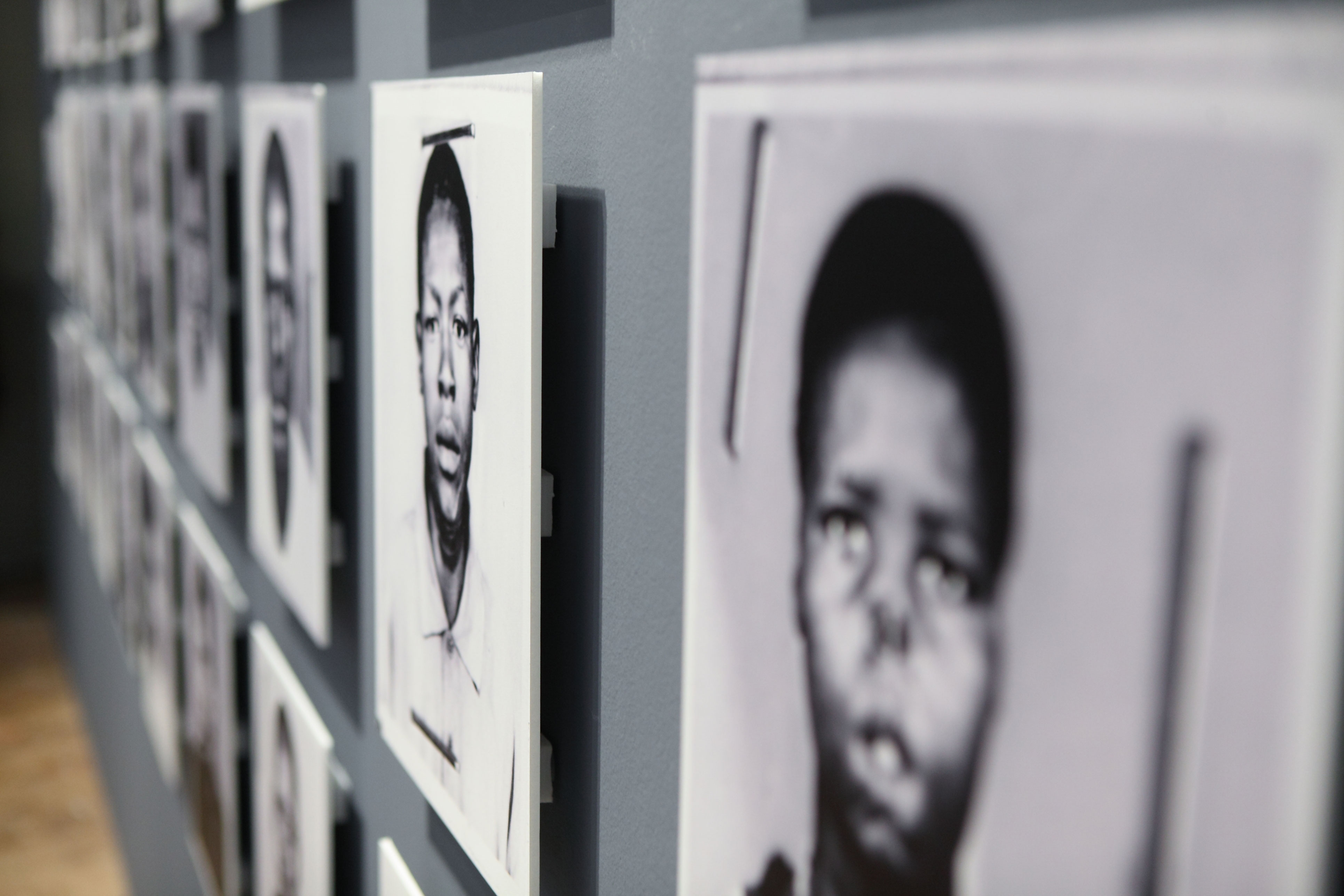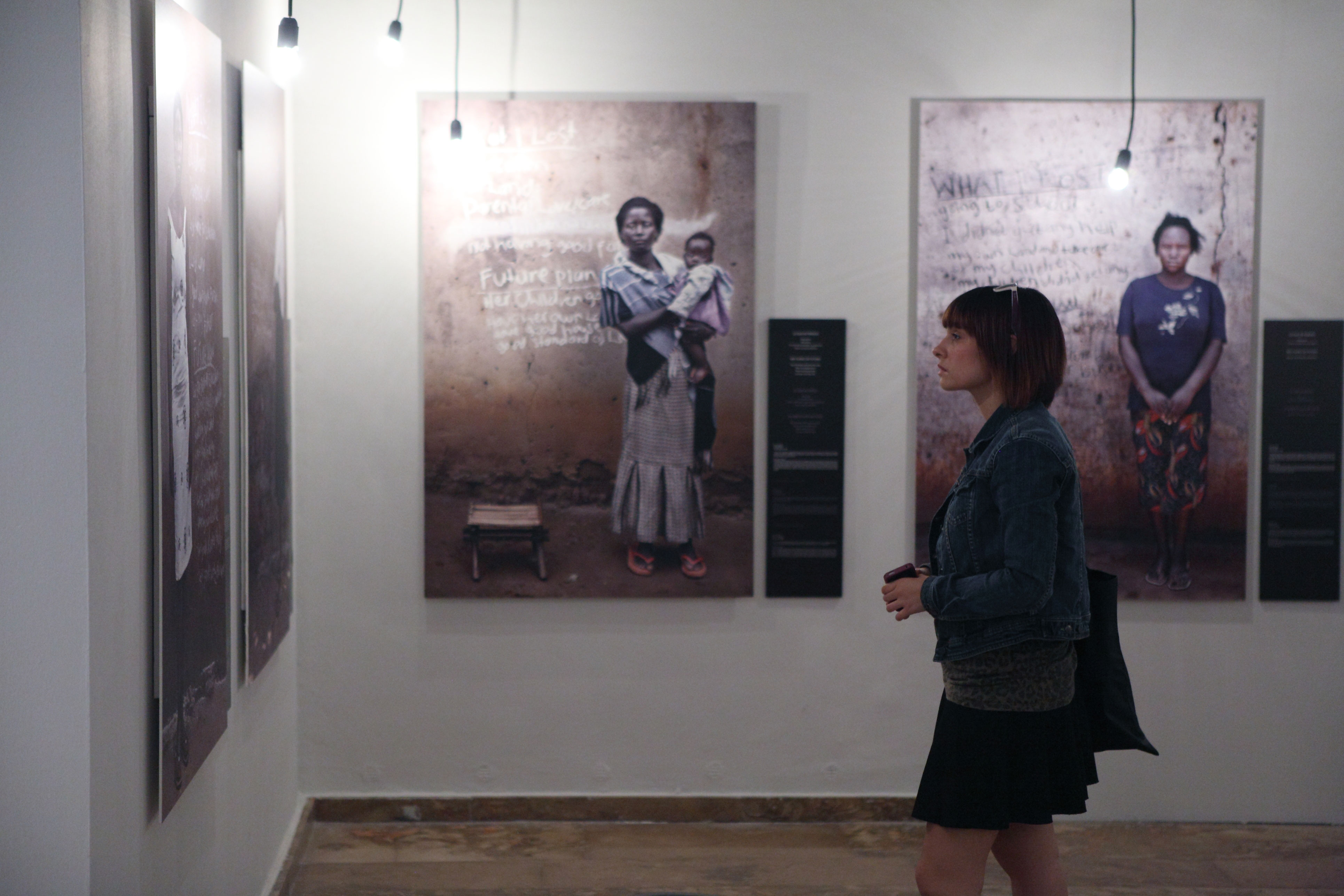
In 1986, a group of rebels who called themselves The Lord’s Resistance Army (LRA), appeared in northern Uganda to declare war on the state.
The rebels began kidnapping children as a method of forced recruitment. Tens of thousands of children were abducted and taken to LRA bases in southern Sudan, where they were enslaved and subjected to horrific abuses. Some of the mandatory initiation practices required that these children kill their own parents, so, they will not have homes to return to. Once kidnapped, children were used as mules carrying supplies of the LRA until they were too weak to walk or unable to do the jobs that the LRA commanders ordered. At that time they were killed or just left to die. Their fanatical leader, Joseph Kony, encouraged his soldiers to get pregnant as many girls as they could to supply the LRA with a new generation of “combatants”. So, the abducted girls who they find attractive were forced to become “wives”, and if they refused they were raped and then murdered. A common practice was to cut off the nose, ears and/or lips of those captive children who were causing problems.
As fighting between government forces and rebels intensified, hundreds of thousands of civilians were forced to move. They fled at night to avoid being killed or kidnapped. In 2003, Jan Egeland, UN Deputy Secretary-General for humanitarian affairs and coordinator of emergency relief operations, wondered:
“Where else in the world there have been 20,000 children kidnapped?
Where else in the world 90% of the population of a large district has been displaced?
Where else in the world children constitute more than 80% of a terrorist insurgent group?”
Where else in the world 90% of the population of a large district has been displaced?
Where else in the world children constitute more than 80% of a terrorist insurgent group?”
Twenty-nine years after the beginning of the war, the end is not yet in sight. Today the horror has left Uganda, but it has not disappeared. It has simply got away. Kidnappings, murders and sacrifices committed by the LRA have a new scenario in the Democratic Republic of Congo.
The few who manage to return are rejected by a society that blames them for the death of their relatives and friends. They are repulsed by what they symbolise: the thousands of sons and daughters, brothers and sisters who are still in the hands of Kony, many of whom will never return.
In this exhibition, children who are now men and women, tell us what they have lost and what their future plans are. In some cases these plans for the future are already being met, in other cases they are difficult to meet but hope still remains. Hope that after returning from captivity in the worst conditions, keep them alive and eager to continue fighting every day to regain some of their past and to build a future.
CHILD SOLDIERS
The problem of child soldiers is still far from been resolved in the world and with it, the biggest problem: reintegration. We all know the traumas that many soldiers experience when they return from war: their problems of adaptation to family environment and psychological problems. What would happen if, in addition, you had lost your family and you have nowhere to come back? All of this without forgetting that you were kidnapped when you were 9 years old, and you have spent the last ten or fifteen years of your life in the jungle or the desert fighting, forced to kill or be killed, uneducated and psychologically destroyed. They need a chance, a new life, to start from scratch and lots of help.
There are currently between 250,000 and 300,000 children fighting in the world.
















